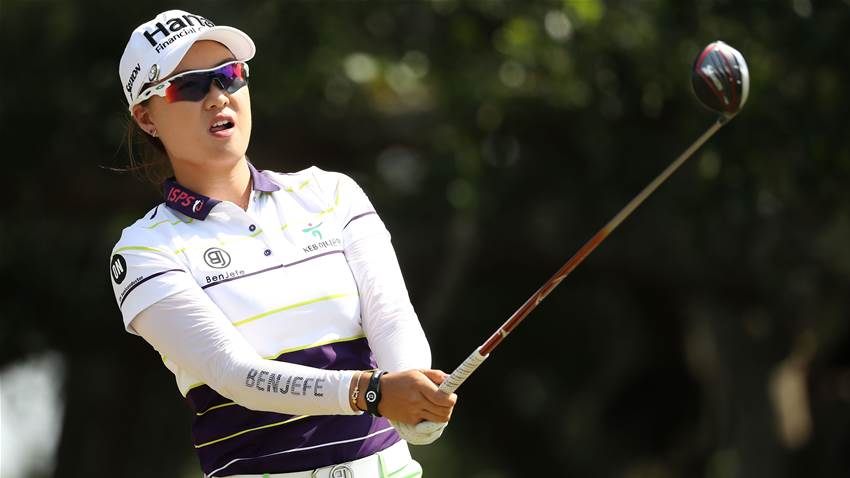In golf, no matter what level, there is no destination. The real game is the journey. Or more importantly, how the player deals with the good and bad along the way as opposed to where he or she finishes on the leaderboard.
Watching the various professional Tours at the weekend highlighted again the fact that barely a week goes past without every golfer – from the truly elite to the weekend duffer – enduring a healthy dose of both humiliation and elation.
No game has the capacity to deliver each quite like golf and when a great field is pitted against a great golf course, the spectacle is at its most compelling.
Such intersection occurred on the 11th hole of the Charleston Country Club in South Carolina this past week at the US Women’s Open.
The course is the first Seth Raynor design to be used for a major championship – but after an engrossing 72 holes of golf delivered Jeongeun Lee6 as champion on a thrilling Sunday, it may not be the last.
Ahead of the tournament those in the know nominated the par-3 11th as one of the holes to watch at Charleston and that prediction proved an astute one indeed.
A ‘reverse Redan’ modelled on the famed 15th at North Berwick, the devilish par-3 took its toll on the field and ended the week as statistically the most difficult hole on the course.
“Watching the various professional Tours at the weekend highlighted again the fact that barely a week goes past without every golfer – from the truly elite to the weekend duffer – enduring a healthy dose of both humiliation and elation.”
Featuring a significant false front, the front pin used for the second round meant the hole played just 144 metres but was statistically its most difficult with a scoring average of almost half a stoke over par.
Among the victims Friday was our own Minjee Lee who was within two shots of the lead when her delicately floated 6-iron came up three feet short of being perfect.
That three feet, though, may as well have been 100 as the ball trickled some 20 metres back off the front of the green leaving a pitch which ‘tricky’ doesn’t begin to describe.
With short grass surrounding the putting surfaces, Lee had options galore for her second with everything from putter to lob wedge in play and each a legitimate choice.
Ranked second in the world at the start of the week, it was no great surprise to see Lee opt for a lofted wedge. It was technically the most difficult of all the shots available but also the one – played correctly – likely to get the ball closest.
Five strikes later and a triple bogey six – coupled with a double at the same hole in the final round – makes it easy to suggest the hole did more than its fair share to derail her chances of a first major title.
But the truth is the hole merely proved why Lee will ultimately go on to win the bigger events.
On Friday, she followed the triple with back-to-back birdies and on Sunday hit back immediately from the double with a birdie at the next.
That’s what good players do because – consciously or otherwise – they know deep down the game is a journey, not a destination.
And Lee’s next stop may well be a maiden major title.
Rod Morri is founder of the TalkinGolf Podcast Network, home of the State of the Game, iSeekGolf, TalkinGolf History and Feed The Ball podcasts.
Visit www.talkingolf.com for more information and to subscribe.
Related Articles

The Aussies at the U.S Women’s Open

Minjee Lee fights back to stay in contention at Japan Classic












